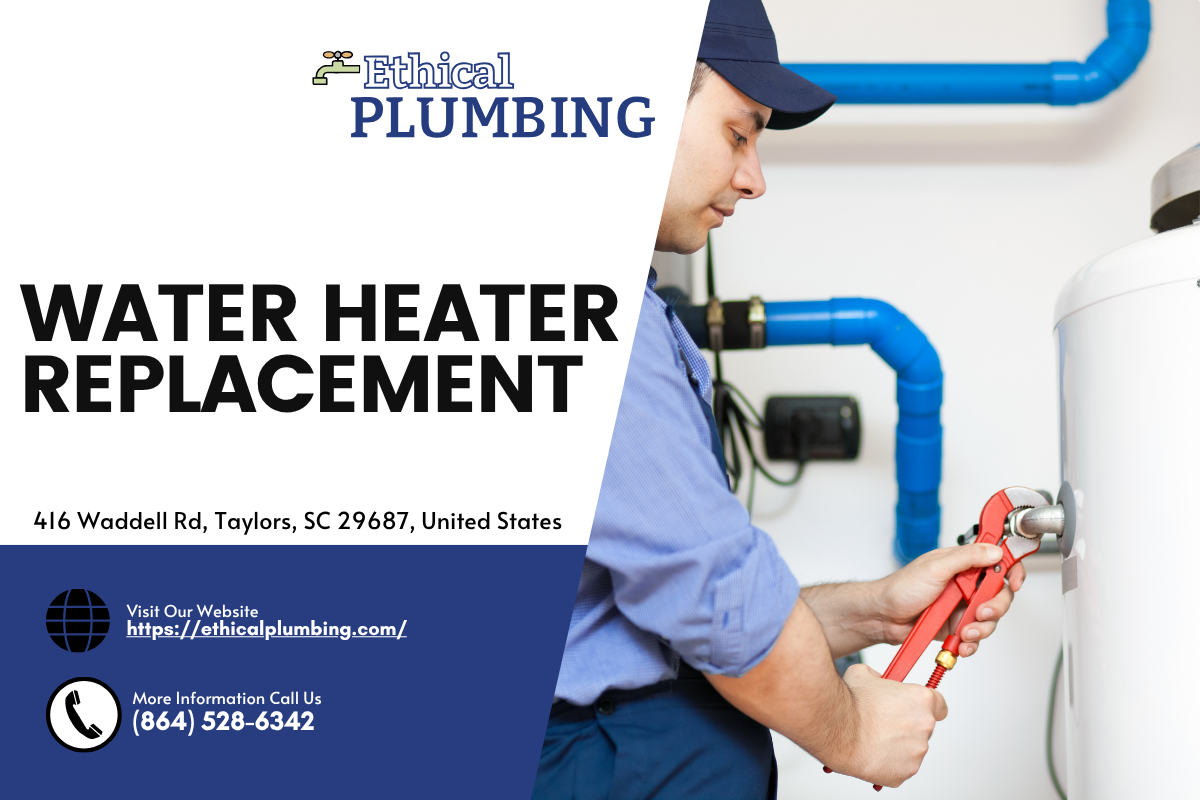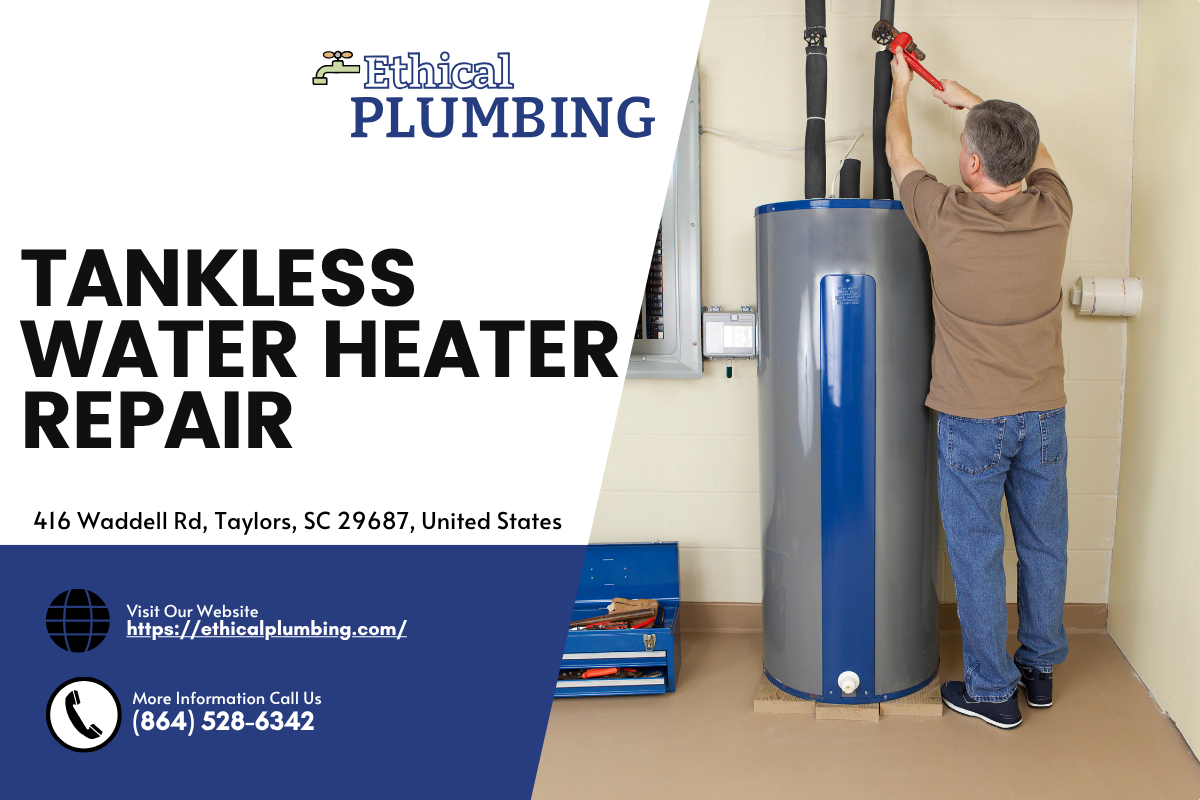


Water heaters are an essential part of modern life, providing hot water for showers, dishwashing, laundry, and heating systems. However, many homeowners overlook the importance of regular maintenance, which can significantly impact the longevity and efficiency of their units. In this comprehensive guide, we will explore various aspects of water heater maintenance and provide you with actionable insights to extend your unit’s lifespan.
Understanding Your Water Heater: Types and Functions
Types of Water Heaters
Before diving into maintenance practices, it's crucial to understand the different types of water heaters available:
Tank Water Heaters: These are traditional units that store hot water in a tank for immediate use. They come in various sizes and capacities.
Tankless Water Heaters: Also known as on-demand water heaters, these units heat water directly without storing it in a tank, providing hot water only when needed.
Heat Pump Water Heaters: These use electricity to move heat from one place to another instead of generating heat directly.
Solar Water Heaters: Utilizing solar energy, these eco-friendly options can reduce utility bills significantly.
Condensing Water Heaters: These operate by using gas combustion to heat water more efficiently than standard gas models.
Functions of a Water Heater
The primary function of any water heater is to heat water for domestic use. However, each type has its unique operational characteristics:
- Heating Element: Electric models use heating elements submerged in the tank or within the unit. Thermostat: This controls the temperature settings for hot water. Pressure Relief Valve: A safety feature that prevents excess pressure buildup in the tank.
Water Heater Maintenance: How to Extend Your Unit’s Lifespan
Regular maintenance is key to ensuring efficient operation and extending your unit's lifespan. Here are some fundamental practices:
1. Regular Inspections
At least once a year, inspect your water heater for signs of wear or damage. Look for leaks around pipes and connections, rust formation on the tank body, and ensure that no strange sounds are emanating from the unit.
Key Inspection Points:
- Check for leaks Inspect insulation Examine valve functionality Listen for unusual noises
2. Flushing the Tank
Sediment buildup can lead to reduced efficiency and eventual failure of your water heater. Flushing your tank annually helps prevent this issue:
- Turn off power or gas supply. Connect a hose to the drain valve at the bottom. Open the valve and let the sediment flow out until clear water runs through.
3. Checking Anode Rods
Anode rods help prevent corrosion water heater repair taylors inside your tank water heater installation by attracting corrosive elements within the water. Check them every 1-2 years:
- If more than 50% is corroded away, replace it.
4. Adjusting Temperature Settings
Most manufacturers recommend setting your thermostat between 120°F and 140°F (49°C - 60°C). Lowering it can save energy costs while still providing adequate hot water.
5. Insulating Your Water Heater
Insulation slows down heat loss from your unit:
- Use an insulated blanket specifically designed for your model. Insulate pipes leading from your heater as well.
Water Heater Repair vs Maintenance: Understanding the Difference
While maintenance involves regular upkeep, repair is reactive—addressing issues after they arise.
Common Repair Issues
Leaking Tank Faulty Thermostat Broken Heating Element Sediment BuildupKnowing when to call for professional service can save you time and money.
When Is It Time for Water Heater Replacement?
Understanding when it's time for replacement rather than repair is crucial:
Signs You Need a Replacement:
Age over 10 years Frequent repairs Rusty or discolored water Insufficient hot water supplyConsider all factors before making a decision about replacement versus repair.
Professional Water Heater Service Options
For extensive repairs or installations, hiring professionals may be necessary:
Water Heater Installation: Proper installation is vital for performance; consider licensed professionals.
Water Heater Service: Regular servicing by experts ensures optimal performance and extends lifespan.
Tankless Water Heater Repair: Specialized knowledge is often required due to their complexity.
FAQs
What is included in a typical water heater maintenance service?
A typical service includes inspection of components such as valves and anode rods, flushing sediment buildup, checking insulation levels, and ensuring proper temperature settings.
How often should I flush my tank?
Flushing your tank at least once a year is recommended to prevent sediment accumulation that could hinder performance.
Can I perform maintenance myself?
Yes! Many basic maintenance tasks like flushing or checking temperature settings can be done safely by homeowners; however, professional services are recommended for complex issues.
What happens if I don’t maintain my water heater?
Neglecting maintenance can lead to decreased efficiency, higher utility bills, unexpected breakdowns, and ultimately costly replacements sooner than expected.
How do I know if my anode rod needs replacing?
Inspect the anode rod every 1–2 years; if more than half has corroded away or shows signs of heavy corrosion, it’s time for a replacement.
What’s better—tank or tankless?
It depends on personal needs; tankless heaters offer unlimited hot water but have higher upfront costs compared to traditional tanks that may run out during peak usage times but are generally cheaper initially.
Conclusion
In summary, understanding how to maintain your water heater effectively greatly impacts its lifespan and efficiency—a little effort goes a long way! From regular inspections to timely repairs or replacements based on needs—taking proactive steps will undoubtedly reward you with reliable hot water when needed most!
Investing time into maintaining this essential household appliance ensures not only comfort but also financial savings over time through reduced energy costs and fewer emergency repairs!